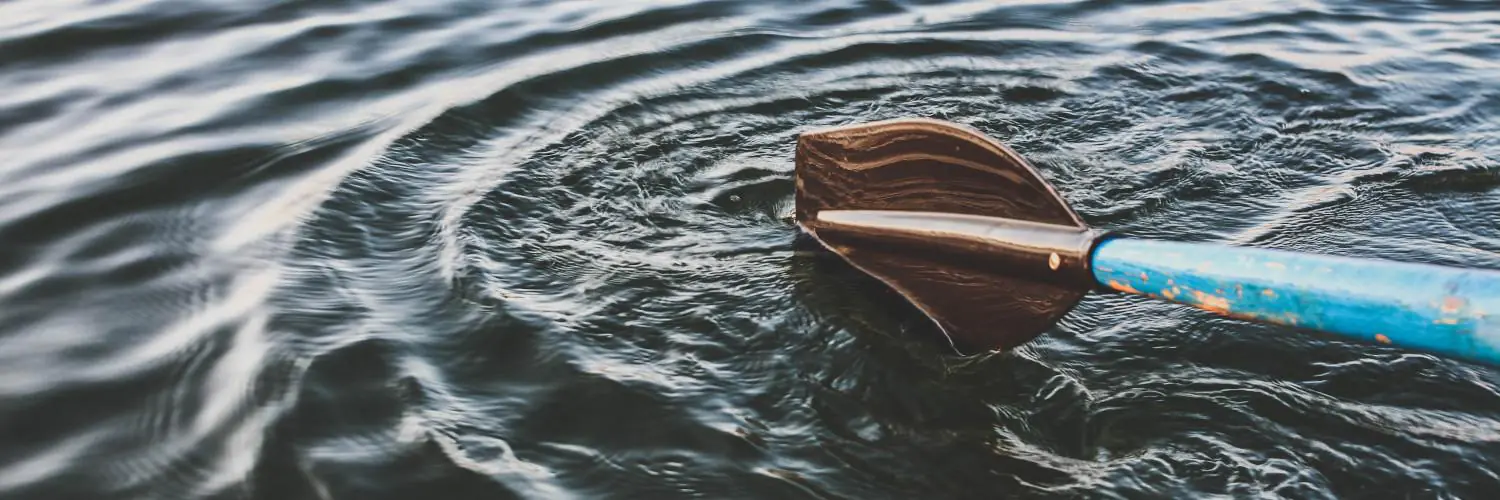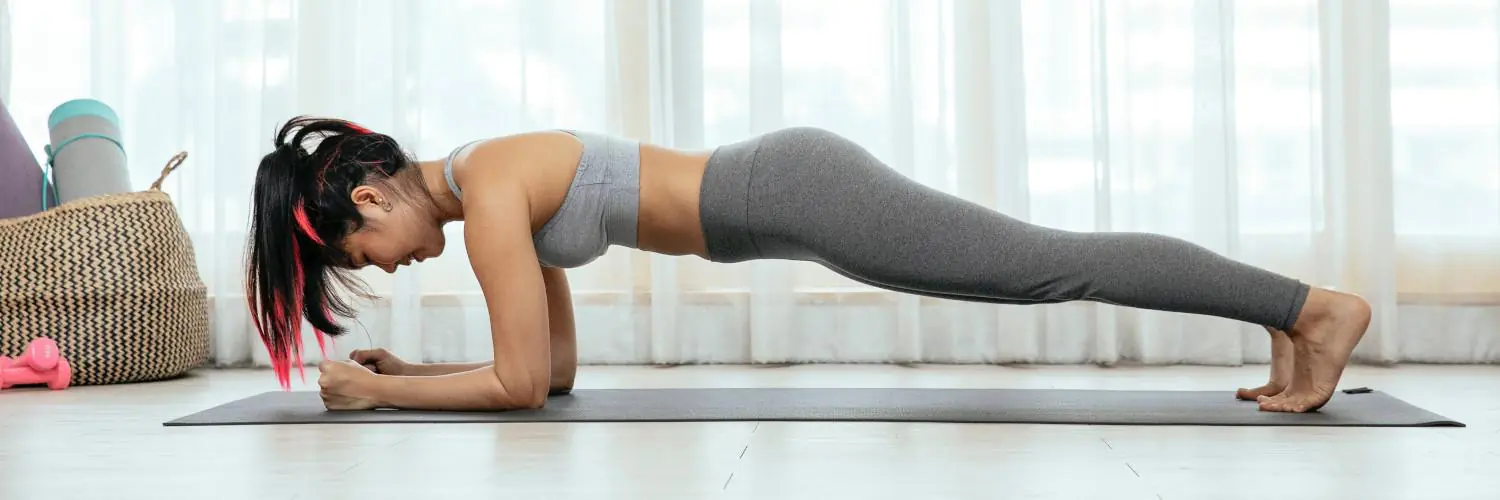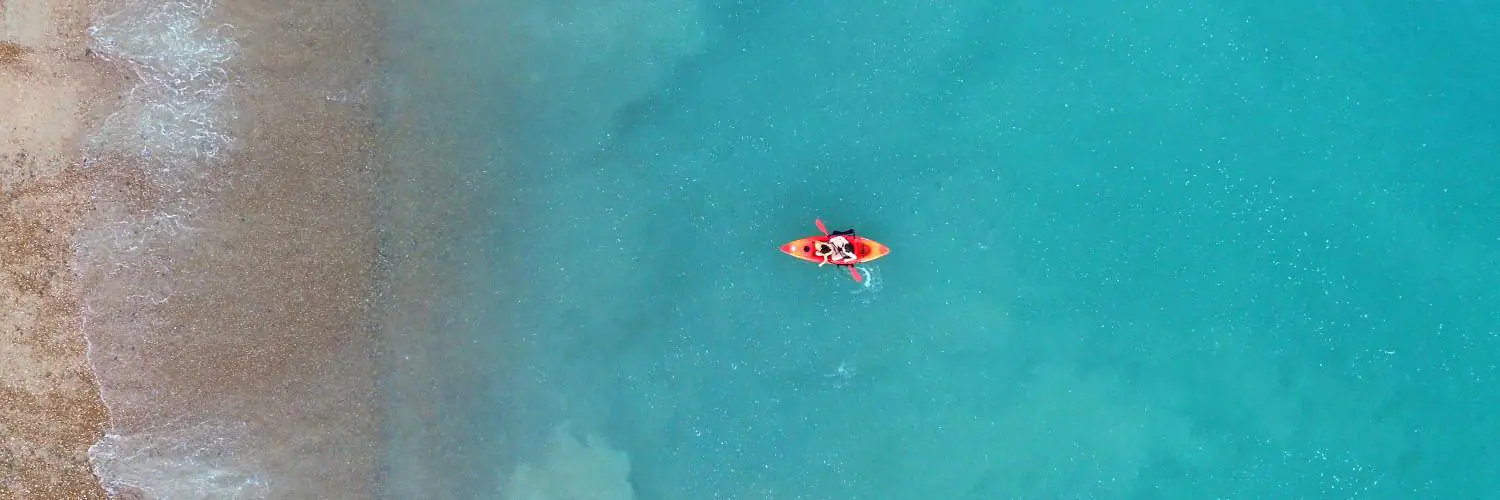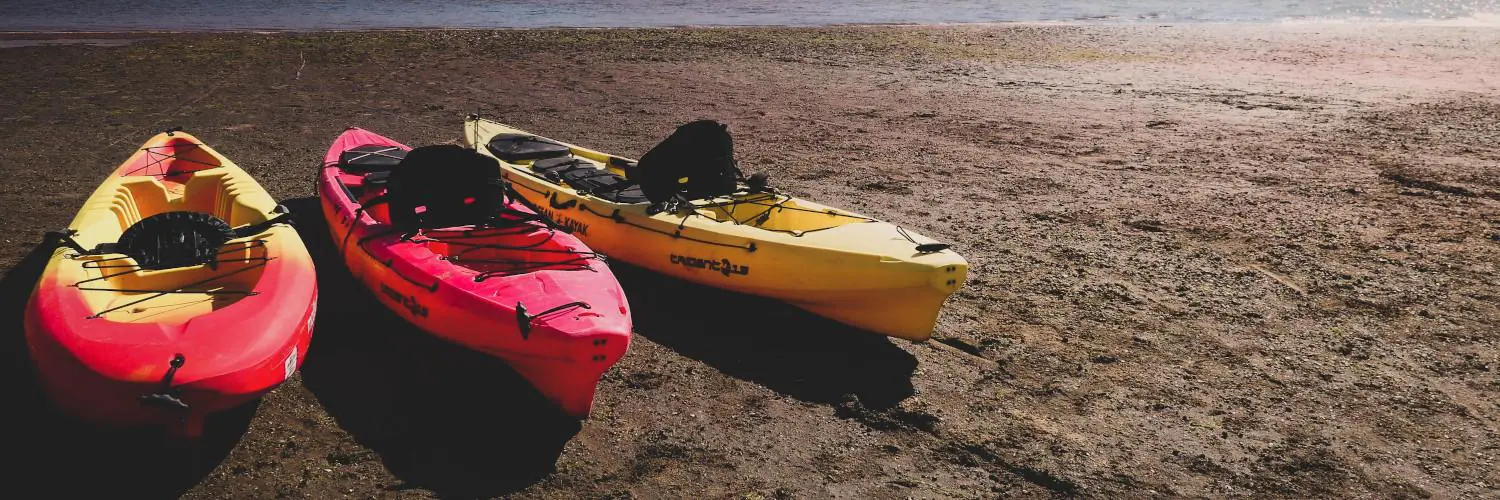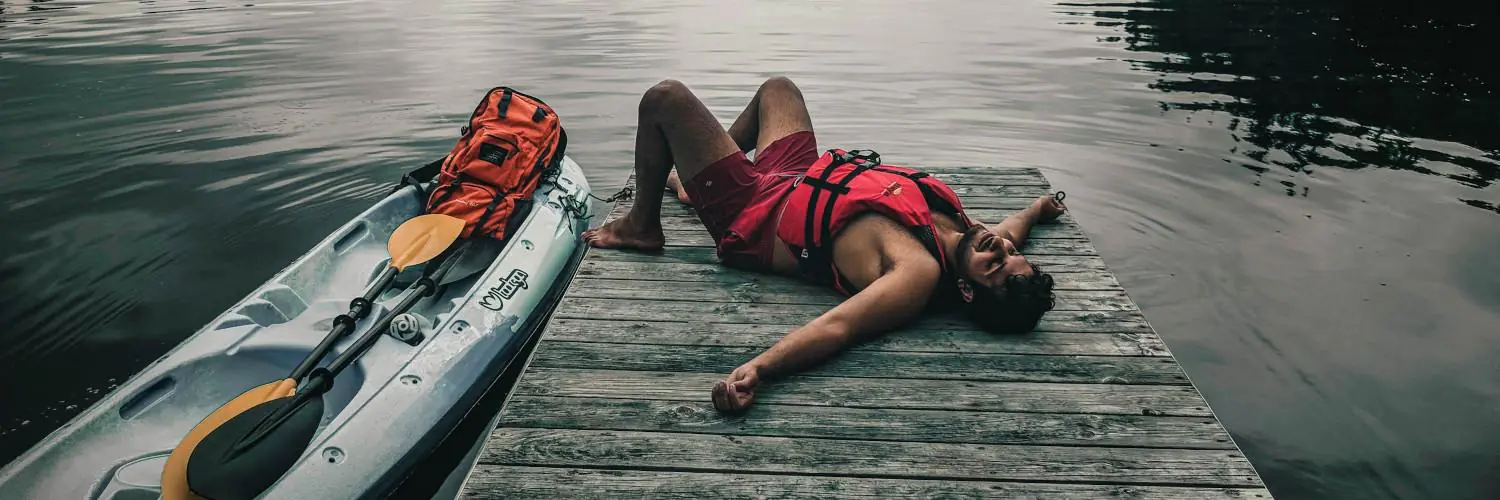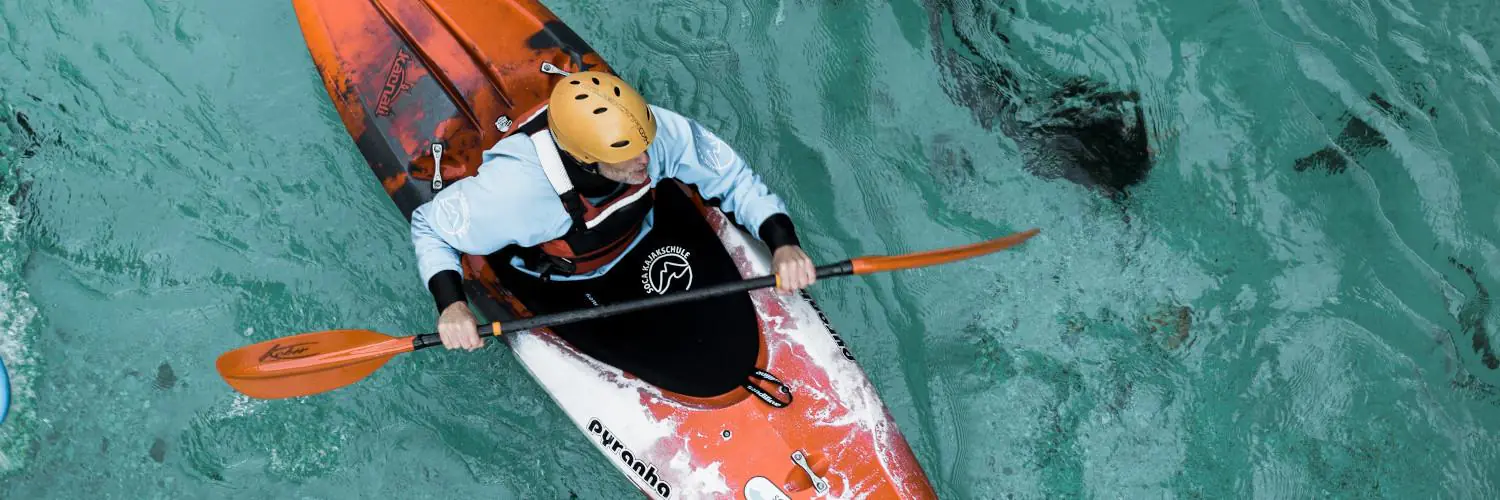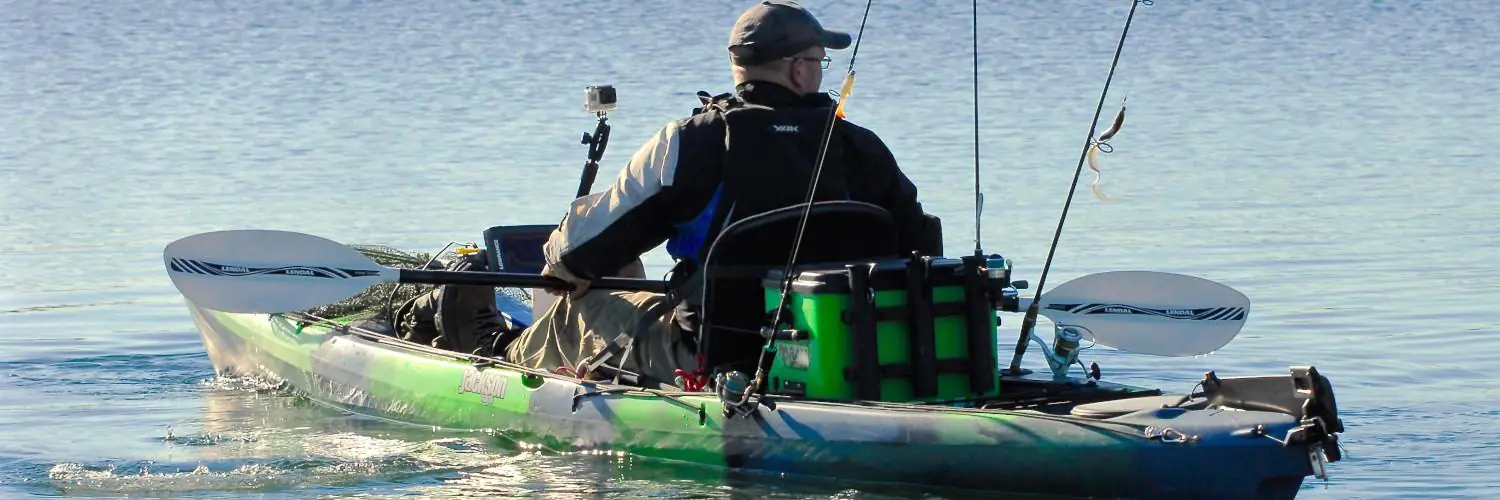Kayak paddle feathering is a technique used by paddlers to increase efficiency and comfort during their excursions on the water. Feathering refers to the adjustment of the blades of a kayak paddle so that they are not aligned on the same plane. Typically, when a paddle is feathered, one blade is positioned at an angle relative to the other, which can range from a slight offset to a nearly perpendicular configuration.
This adjustment is primarily intended to reduce wind resistance while one of the blades is out of the water. As a kayaker cuts through the air on a windy day, a feathered paddle allows the raised blade to slice through the wind more easily, thereby conserving the paddler’s energy and potentially increasing their speed or endurance. The angle of feathering is subjective and varies among paddlers, often selected based on factors such as personal comfort, paddling style, and environmental conditions.
Paddle manufacturers often incorporate adjustable ferrules into their designs, allowing users to customize the feathering angle according to their preferences. Feathering angles commonly start at 30 degrees and can be adjusted in 15-degree increments, with some paddles offering a range up to 60, 75, or even 90 degrees. While some paddlers may choose not to feather their paddles at all, preferring the straightforward alignment of an unfeathered paddle, the choice to feather is a personal one and should align with the paddler’s technique to ensure minimal wrist rotation and optimal paddle efficiency.
Table of Contents
The Basics of Kayak Paddle Feathering
Kayak paddle feathering is an adjustment technique used to enhance paddling efficiency and comfort. It involves setting the blades at different angles to reduce wind resistance and strain on the wrists.
Understanding Feathering and Its Purpose
Feathering refers to the offset angle between the two blades of a kayak paddle. The primary purpose of feathering is to minimize the blade’s surface area that is exposed to the wind, thus reducing wind resistance. This adjustment is particularly useful when paddling into headwinds, as it allows the kayaker to maintain a smooth and energy-efficient stroke.
- Default angle: Paddles come with a standard feathering angle, typically ranging from 0 degrees (unfeathered) to 90 degrees.
- Adjustment: By altering the feathering angle, the kayaker can optimize the paddle’s performance for varying wind conditions.
Types of Kayak Paddles
Kayak paddles are distinguished by their construction and the ability to feather the blades. They can be categorized as follows:
- Non-featherable Paddles:
- Fixed angle: These paddles have blades aligned on the same plane and cannot be adjusted. They are suitable for calm conditions and beginner kayakers.
- Featherable Paddles:
- Adjustable ferrule: These paddles feature a ferrule that allows the paddler to change the feathering angle.
- Range of feathering: Manufacturers offer different feathering capabilities, often up to 60 degrees or more.
- Personal preference: The optimal feathering angle is a matter of personal preference, depending on the kayaker’s technique and the conditions.
Using the right type of paddle and understanding paddle feathering are key factors for an enjoyable and efficient kayaking experience.
Technical Aspects of Paddle Feathering
Paddle feathering involves adjusting the angle between the blades of a kayak paddle for optimized interaction with the wind and water. This section delves into the technicalities of feathering, from the adjustable ferrule systems to the importance of wrist movements in technique.
Adjustable Ferrule Systems
Adjustable ferrule systems enable paddlers to modify the feathering angle of their kayak paddles, allowing for a custom approach to varying water and wind conditions. Ferrules are the connectors between the two sections of a split paddle and can be designed with simple rotational mechanisms or with complex interlocking designs. Most modern paddles come equipped with a ferrule that allows for changes in the feathering angle, often in incremental adjustments from 0 to 90 degrees.
Feathering Angle and Efficiency
The feathering angle—the offset angle between paddle blades—is crucial for paddling efficiency. A non-feathered paddle has an angle of 0 degrees, while a fully feathered paddle may approach 90 degrees. The right feathering angle reduces air resistance on the raised blade when the opposing blade enters the water. This efficiency in movement can reduce paddler fatigue and improve speed, particularly in windy conditions.
The Role of Wrist Movements
Wrist movements play a significant role in executing a proper feathering technique. They must rotate slightly to accommodate the paddle’s feathering angle during each stroke. This rotation is essential to keep the blade properly aligned in the water, which minimizes strain on the wrists and ensures effective transfer of energy to the paddle. However, excessive wrist rotation can lead to strain over time, highlighting the importance of finding a balance in feathering angle that suits the individual’s paddling style and physical capabilities.
Paddle Feathering in Different Conditions
Paddle feathering is a technique used by kayakers to reduce air resistance and improve efficiency in various paddling conditions, especially when facing strong winds.
Handling Wind and Water Resistance
When a kayaker encounters headwind, adjusting the angle of the paddle blades—known as feathering—can significantly reduce wind resistance. Feathering allows one blade to be positioned parallel to the wind while the other is in the water, thereby minimizing the surface area exposed to the wind and reducing the effort needed to push against it. In strong winds, this technique helps maintain control of the kayak and conserves the paddler’s energy.
A non-feathered paddle can act like a sail in windy conditions, which can increase drag and decrease paddling efficiency. Therefore, during an intense headwind, a kayaker may feather the paddle to an angle of approximately 45 degrees, although preferences on the exact angle might vary based on individual comfort and the intensity of the wind.
Feathering for Speed and Racing
In competitive kayaking, such as speed and racing events, paddle feathering can be crucial for achieving optimal performance. Racing often demands quick, powerful strokes with minimal air resistance to maintain higher speeds. Feathered paddles allow racers to slice the blade back through the air to the water more smoothly, which can lead to improved stroke efficiency and, consequently, faster speeds.
A kayaker might choose a smaller feather angle to maximize power transfer in the forward stroke, especially in less windy conditions where wind resistance has a reduced impact. It’s crucial for racers to practice with various feather angles to find the most efficient setup for their racing style and the conditions they’ll face.
Choosing the Right Feathering for Your Style
The right feathering angle for a kayak paddle can make a significant difference in a paddler’s comfort and efficiency on the water. Here, we will explore how personal preference and paddling style influence this choice, and what beginners and advanced paddlers should consider.
Paddling Style and Personal Preference
The choice of feathering angle is intimately connected to an individual’s paddling style and personal preference. For those who enjoy touring or sea kayaking, a lower feathering angle can reduce wrist fatigue, allowing for longer excursions with less effort. In contrast, whitewater enthusiasts often opt for a more aggressive feathering angle, providing quicker responsiveness and more power during rapid maneuvers.
- Touring or Sea Kayaking: A feathering angle of 0° to 45° is often preferred.
- Whitewater: Angles of 45° to 90° are favored for their aggressive stroke capabilities.
Personal preference plays a pivotal role, and paddlers should experiment with different angles to find the most comfortable and efficient fit for their unique stroke.
Considerations for Beginners and Advanced Paddlers
Beginners should consider starting with a neutral feathering angle (either 0° or a slight offset), as it is simpler to learn basic paddling techniques without having to manage wrist rotations required by higher feathering angles. With experience, they can slowly increase the angle to match their evolving paddling technique and physical comfort.
- Beginner Considerations:
- Start with 0° (unfeathered) to slight feathering.
- Focus on developing a consistent stroke before introducing complex wrist movements.
Advanced paddlers often have a well-defined paddling style, which dictates their ideal feathering angle. They might seek maximum efficiency and performance in their specific discipline, whether it’s fishing, where strokes are frequent and a comfortable angle is crucial, or touring, where paddlers might spend hours at a time on the water and appreciate less wind resistance.
- Advanced Paddler Considerations:
- Choose an angle that complements the specific paddling discipline.
- Factor in the typical environment, such as windy conditions or calm waters.
For all levels, it is advisable to try paddles with adjustable feathering to fine-tune the angle to personal preference and paddling conditions.
Maintenance and Customer Support
Maintaining a feathered paddle is crucial for performance and longevity. When it comes to customer support, choosing the right paddle involves understanding the nuances of feathering and having access to knowledgeable assistance.
Care and Upkeep of Feathered Paddles
It is essential that one removes dirt and sand from the ferrules of their paddle after use, as debris can compromise the connection and function. For paddles with adjustable feathering, like those from Aqua-Bound, a simple rinse and dry can keep the mechanism functional and durable. A user should:
- Disassemble the paddle and inspect for damages.
- Rinse with fresh water to clear out sand and salt.
- Dry thoroughly before reassembling.
Customer Service for Paddle Selection
When a customer is in the process of selecting a feathered paddle, stores with dedicated customer service play a pivotal role. They can guide through an experiment with different feathering angles to find the most comfortable and effective option. The customer service should:
- Offer knowledgeable advice on the different paddles suitable for various activities and skill levels.
- Provide opportunities to test paddles to determine personal preferences.
- Ensure the paddles are of high quality and suitable for the customer’s intended use.


